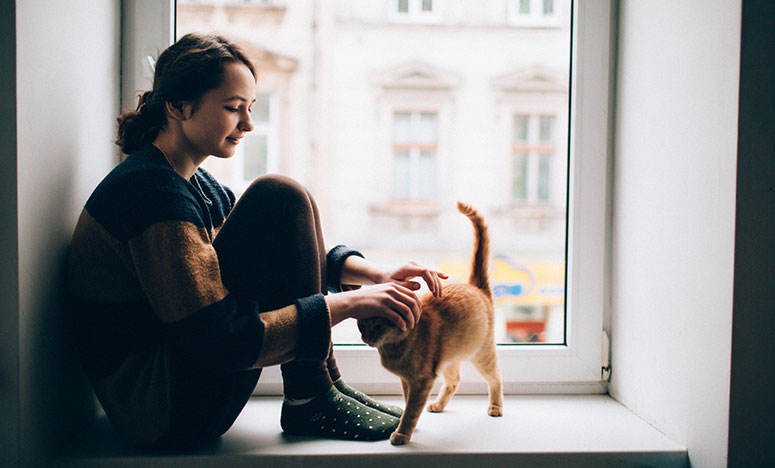Table of Contents
As urban areas become more densely populated, more people are opting to keep pets in the city. While city living can present unique challenges for pets, they can also thrive with proper care and attention. However, there are some special hazards that urban pets might face that pet parents should be aware of.
Potential hazards for urban pets
Traffic
One of the most dangerous risks for urban pets is traffic. With so many cars and buses on the roads, pets can easily be hit by a car if they are not kept on a short leash or in a carrier. It’s essential always to keep your pet under control when you’re out and about in the city. Even on a leash, a dog could wander onto a busy road. Cats should always be kept inside or in an enclosed outdoor space in the city to avoid being hit by a car. Be sure any outdoor space is completely enclosed to ensure pets can’t fall or escape from a balcony.
It’s really important to get your pet microchipped in case they do wander from home or somehow escape their collar. Microchips are implanted under your pet’s skin in a virtually painless procedure. If your pet is lost, the microchip can reveal your pet’s identity and your contact information.
Microchipping your pet greatly increases the odds that he or she will be returned home after they are lost. In fact, a study by the American Veterinary Medical Association found that microchipped stray dogs were returned to their owners at more than double the rate for all dogs, and for cats, even more microchipped pets were returned.
Lack of exercise
Living in a city might mean living in a smaller home or apartment, lacking a backyard to throw a ball for a dog and going further to find a park or peaceful place to walk. Urban pet parents may be less inclined to exercise dogs with these challenges. Pet parents should prioritize ensuring their dogs get enough exercise by finding indoor activities, utilizing a doggie daycare, and walking, even when it’s more challenging. When considering adopting a pet, city dwellers may consider smaller dogs or those who require less exercise.
Pollution and toxins
Another hazard for urban pets is pollution. City air can be full of pollutants such as exhaust fumes, which can harm pets’ respiratory systems, as well as humans. Also, be careful of bodies of water that may be polluted or have toxic blue-green algae. Limit your pet’s exposure to polluted air by seeking out green spaces away from traffic to walk, keeping windows closed and using an air filter in the home. Pets are also more likely to encounter toxins in the city, such as oil, anti-freeze, and garbage, so keep a close eye on them during walks so they don’t pick anything up. Wipe down their paws after a walk to remove any contaminants.
Hotter temperatures
With all the concrete and lack of trees in dense urban settings, cities tend to be hotter than less populated areas. This means you must take extra precautions during the warmer months to prevent heatstroke and burned paws on the cement.
Diseased wildlife
Urban pets are at risk of encountering wildlife such as rats, raccoons, and pigeons. While there is less wildlife in the city than in more rural areas, the critters you find may be more diseased. Pets may contract these diseases, so it’s essential to keep your pet up-to-date on their vaccinations.
Noise and activity
Urban pets may be more likely to suffer from stress and anxiety due to the noise and activity of city life. It’s crucial to provide your pet with a calm and quiet space where they can feel safe and secure. And when out walking, choose less congested and quieter neighborhoods, if possible.
Lack of green space
Most cities don’t have the same amount of room for dogs and cats to roam as the suburbs or countryside. This means you might have to go further from home to find a park or off-leash dog park.
Advantages of city life for pets and people
Access to services
If you live in a city, you will have more choices and convenient access to pet services such as specialty veterinarians, pet sitting services, groomers and pet stores.
More people and pets nearby for socialization
Similarly, with more density, you will likely encounter more people and other pets that you can socialize your pets with. Of course, this means training and getting your pet comfortable with other people and pets is more important than it might be in a rural area.
Stress relief for pet parents
Living in a city can be stressful for both pets and people, so having a furry companion you can snuggle with has been shown to reduce anxiety and stimulate endorphins or the “love hormone.”
Summary
Overall, urban pets can thrive in the city with proper care and attention. By being aware of the hazards they might face and taking steps to mitigate those risks, you can ensure that your pet stays happy and healthy in an urban environment.










